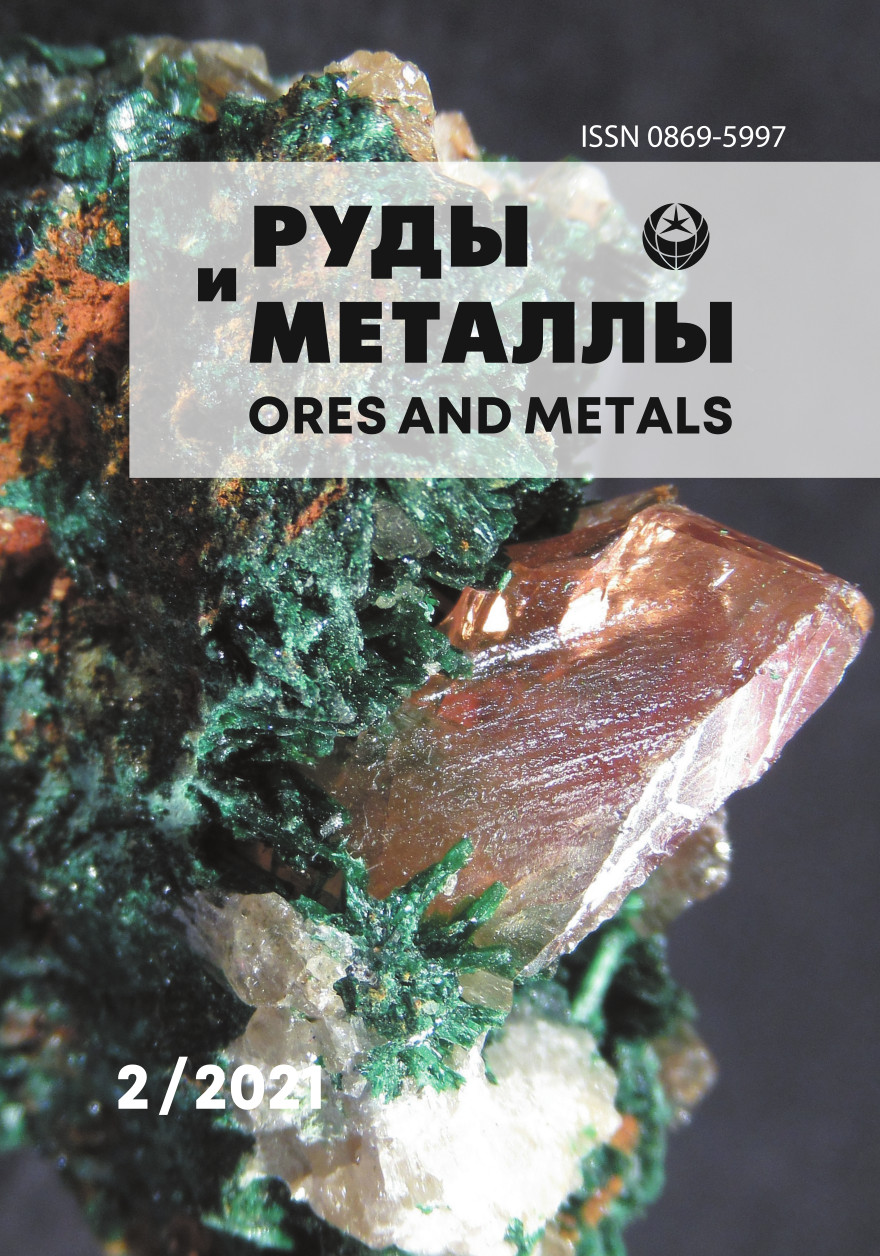New data on the reduced intrusion-related Au mineralization of Сentral Кolyma gold region: age, formation conditions, composition, ore-controlling factors
DOI: 10.47765/0869-5997-2021-10011
Keywords:
Central Kolyma region, Vetrenskaya area, gold, bismuth, tungsten, molybdenum, absolute age, ReOs, fluid inclusions, reduced intrusion-related Au ore formational type, RIRGSAbstract
New data are presented on the formation conditions and ages of the reduced intrusion-related Au mineralization of the Vetrenskaya area in the Central Kolyma region. The mineralization is predominantly confined to intersections of Late Jurassic minor intrusive bodies and NE-trending fracture systems and is represented by zones of thin quartz veinlets with sericite-quartz halos. The major ore mineral is gold-bearing arsenopyrite (up to 10%), while minor minerals are represented by lellingite, pyrite, chalcopyrite, and pyrrhotite. Microscopic native gold of a low fineness is paragenetically associated with bismuth minerals (bismuthine, native bismuth, and tellurides of Bi and Au), forming microinclusions (1–10 µ) in the arsenopyrite. Isochronous Re-Os age of the goldbearing arsenopyrite is 137–117 Ma, which suggests the mineralization was formed significantly later than the hosting granitoids (147–153 Ma). The reduced intrusion-related Au ore deposit was formed at shallower depths in comparison with orogenic Au deposits, and at lower temperatures in comparison with rare metal (W, Mo) ore deposits.


